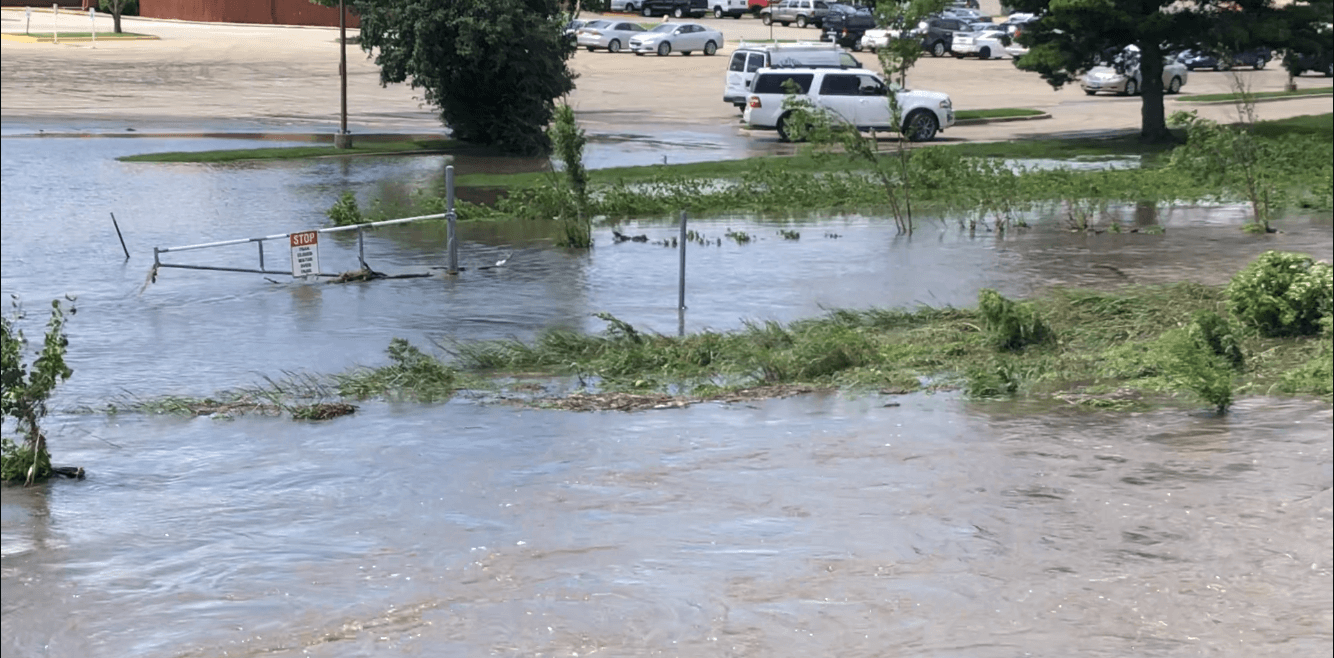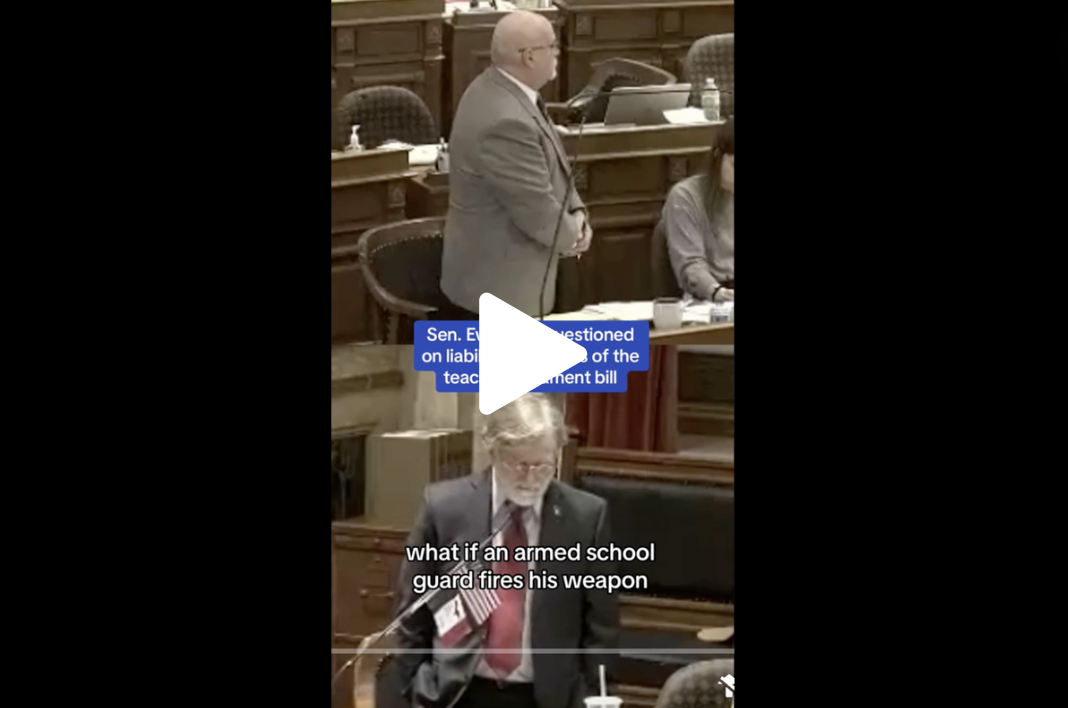
For many central Iowans, the reality of a changing climate was all too evident this past weekend with flooded basements, stranded motorists and water rescues. Many cities around Polk County were deluged with up to 10 inches of rain in just a few hours. Before we write this off as an extreme weather event or an anomaly, we need to look at the long term trends that predicted this latest weather catastrophe.
Climate scientists are reluctant to link one extreme weather event to a changing climate. However, the accumulating climate evidence suggests intense rain events like the one this weekend are becoming more common in Iowa. According to Iowa scientists, there is evidence that the frequency of intense rain has increased in Iowa over the past 50 years.
The flooding this weekend is the latest reminder that Iowa is vulnerable in multiple respects to a rapidly changing climate. This isn’t about distant melting glaciers or polar bears. It’s about the real climate flood risk posed to Iowans now.
Former State Climatologist Harry Hillaker described some of the changes Iowans should expect from a changing climate. Hillaker says that in the last 50 or 60 years, Iowa has had about a 25 percent increase in precipitation, meaning an increase of about 5 or 6 inches of rainfall a year.
For farmers that may seem like a positive. Yet wetter springs delay planting and intense rainfall events lead to greater erosion and loss of nutrients. Increased runoff contributes to the growing dead zone in the Gulf of Mexico.
The 7th annual Iowa Climate Statement issued on August of 2017 focused on escalating humidity levels in Iowa and how that translates to increased precipitation. The report endorsed by 190 science faculty, researchers and educators from 39 Iowa colleges and universities was entitled, “It’s not the heat, it’s the humidity.”
“Discussions about climate change in Iowa usually focus on changes in temperature and rainfall. However, the rise in ‘absolute humidity’ (moisture in the air) is likely to become the most pervasive factor in climate change across the state,” the report said. “Absolute humidity, which is typically measured by dew point temperature, increased in Dubuque during springtime by 23% from 1970 to 2017. (Statewide humidity has increased from 8-23 percent). Increases in humidity have been measured across the Midwest and in Iowa across all seasons and at all long‐term monitoring stations.”
“For Iowa agriculture, increased warm‐season humidity leads to increased rainfall, extreme rain events, water‐logged soils during planting season, soil erosion, and runoff of chemicals to waterways. Rising humidity also leads to longer dew periods and higher moisture conditions that elevate costs of drying grain and increase populations of many pests and pathogens harmful to both growing plants and stored grain. Increased nighttime temperatures coupled with humidity causes stress to crops, livestock and pets and, in extreme cases, heat stress can cause loss of life.”
The earth is warming due to increased greenhouse gas emissions, and the climate models for Iowa suggest both increased frequency and increased intensity of precipitation. Here in central Iowa we have just witnessed the devastating consequences of an extreme rain event. The damage to homes, businesses, infrastructure and loss of life should be a call to action.
Iowa scientists are warning us that similar extreme weather events will continue and become more frequent in the future unless we reduce the warming effect of greenhouse gas emissions. The climate clock is ticking and this weekend’s flooding was the latest alarm.
by Rick Smith
Posted 7/3/18
Politics

It’s official: Your boss has to give you time off to recover from childbirth or get an abortion
Originally published by The 19th In what could be a groundbreaking shift in American workplaces, most employees across the country will now have...

Trump says he’s pro-worker. His record says otherwise.
During his time on the campaign trail, Donald Trump has sought to refashion his record and image as being a pro-worker candidate—one that wants to...
Local News

No more Kum & Go? New owner Maverik of Utah retiring famous brand
Will Kum & Go have come and gone by next year? One new report claims that's the plan by the store's new owners. The Iowa-based convenience store...

Here’s a recap of the biggest headlines Iowa celebs made In 2023
For these famous Iowans, 2023 was a year of controversy, career highlights, and full-circle moments. Here’s how 2023 went for the following Iowans:...




